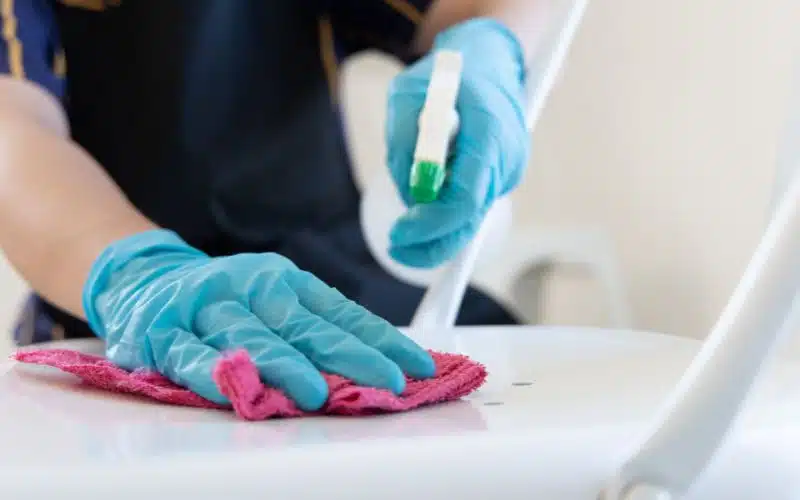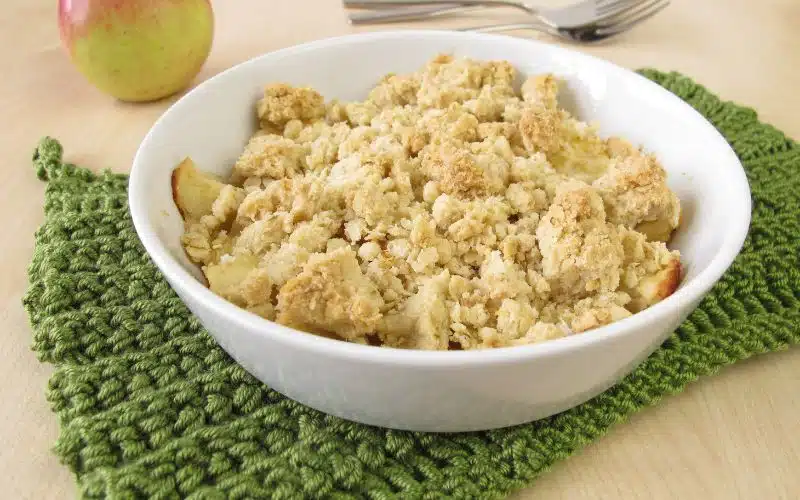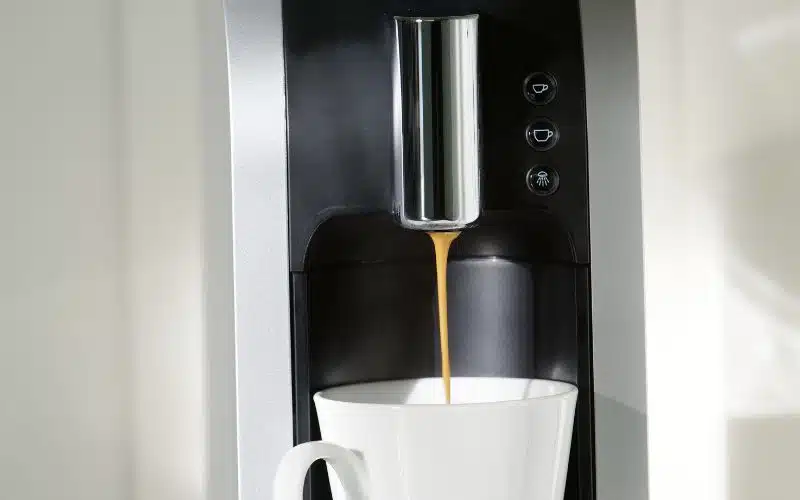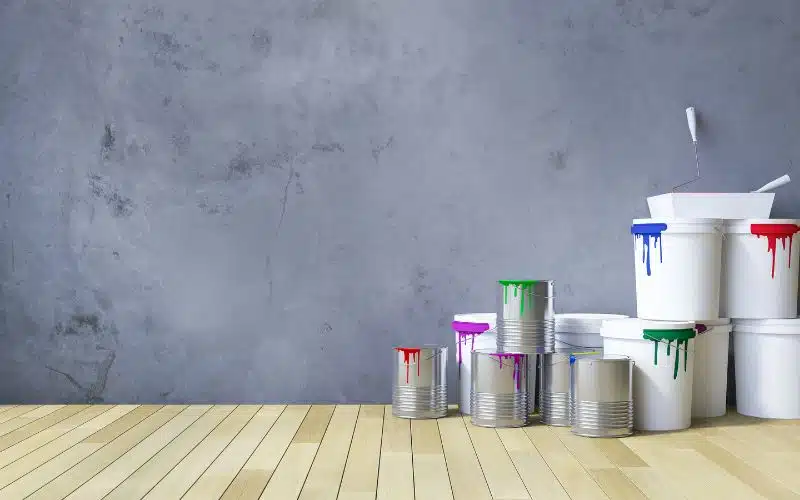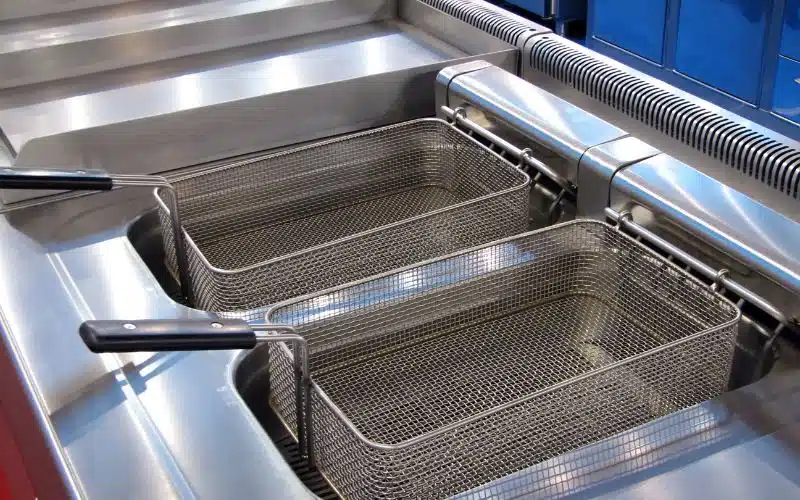When you move into a new house, one of the things you would want to be working on is personalizing it to your taste.
Many new homeowners have personalized ideas for their toilet and kitchen and set new pipes to fit the new design.
One common question, in this case, is how much does plumbing a new house cost?
The average cost of plumbing a new house is around $7,500. Depending on the style and size of your home, the plumbing cost either increases or decreases. For smaller homes with smaller estimates, the plumbing costs can come up to about $1500, but for more extensive and detailed work, you should aim for $15,000 or even more.
How Much Does It Cost to Plumb a Small House?
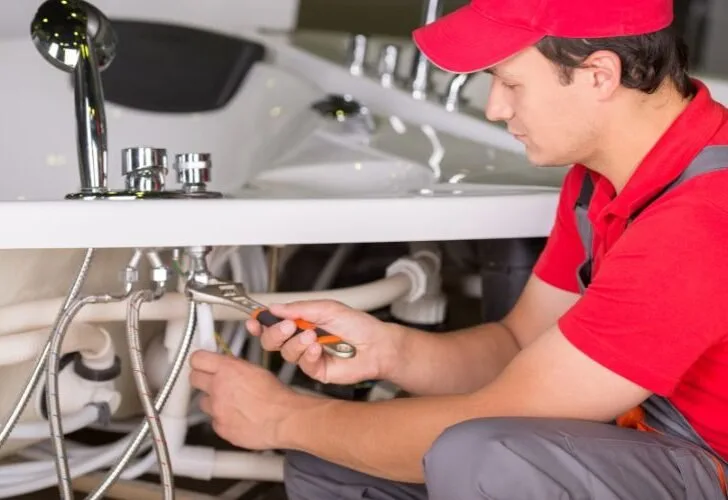
You should expect The cost of plumbing a tiny house to be cheaper than if it were to be a bigger one, and the house’s location also matters.
For example, if you are either replacing or installing new fixtures of smaller sections like sinks, bathtubs, or toilets, it would cost between $450 to $1800.
The price given above is not stable as it varies due to various factors like the location of the pipes, the number of bathrooms you have, and the plumbing material you use.
#1. Location Of the Pipes
If it is difficult for you to connect your bathroom to the septic tank or the sewer because the pipe is farther away from the toilets and bathroom, then you should expect a higher bill when you do the work because it would require the plumber to work more.
In most cases like this, the plumber has brought special tools to get the job done perfectly and, if possible, buy more pipes.
The plumber would have to use several others of this particular material to get to the pipe’s location without ruining other layouts.
So, if you are on a budget, ensure that you place your bathrooms at the edge of the house, not the interior, so they can be more accessible and also place them closer to the septic tank.
#2. Amount Of Bathrooms
Logically, if your home has a lot of bathrooms and toilets, then the price of the plumbing job is sure to go higher.
Every plumber you meet would give you an estimate for your plumbing installation based on the number of toilets and bathrooms you have.
Not only does the number of bathrooms and kitchen matter, but the number of fixtures you would want these plumbers to install in your kitchens and bathrooms also play an essential role in the price you are to pay.
For example, if you would need more than one bathtub in your bathroom, then the price would be higher than just one bathtub.
So, if you want to save money, you should place a bathroom on every floor in the house than a bathroom around every corner.
#3. Types Of Plumbing Materials Used
The material you use for your plumbing installations also impacts the price. The most expensive material for plumbing is copper, while the least expensive is PVC or PEX.
Using PVC or PEX pipes would be more economical than copper pipes, although copper pipes are more robust.
Although the copper pipes are more vital, there are a lot of benefits you can gain from making use of PEX pipes also.
Some of the pros and cons of making use of the copper pipes and PEX pipes are below;
#1. Benefits Of PEX Piping
- PEX pipes do not freeze no matter the temperature, unlike copper pipes. However, once the temperature drops amazingly, the water in the copper pipes starts solidifying, and then when water subsequently tries to pass through it, it can lead to the pipe bursting due to high pressure.
- Since the material used to make these pipes are not steel or iron, PEX pipes are resistant to corrosion. So, you do not have to worry about your pipes peeling off and washing into your water.
- PEX pipes are cheaper and easier to install. In addition, since the tubing pipes are of flexible plastic, it would be easier for the plumber to snake his way through while on his job.
#2. Disadvantages Of PEX Piping
- Since PEX piping came not long ago, experts do not know about its long-term effects, either Healthwise or otherwise; so, if you would be using these PEX pipes, then you are just going to be among the first generations of users.
- These pipes are susceptible to rodent attacks since manufacturers make them with soft and chewy plastics. Therefore, before choosing PEX piping, you must ensure that your home is rodent-free unless these mice and rats can chew their way into your pipes, resulting in leakages.
- You cannot be able to dumb just any kind of soaps and detergents down the drain because these pipes can start to lose their cohesion when they are overexposed to chlorine.
#3. Advantages Of Copper Piping
- Copper piping is very durable. Plumbing your homes with copper pipes can last for nearly 50-70 years without a single material issue.
- Since copper is metal, it would be difficult for your piping materials to get ruined by poking holes, or even rodents like rats and mice can’t chew through them.
- Another advantage is that copper pipes do not leach. So, if you find impurities in your water, you should know that it is from the water, not the piping materials.
#4. Disadvantages Of Copper Piping
- One of the most significant disadvantages is its high cost. Copper materials have always been expensive and will continue to be expensive, and apart from the cost of the materials, the installation cost also adds it all up.
- Copper pipes are affected by the drop in temperature. Once the copper pipes drop in temperature, the water freezes, and as time goes on, the pressure starts to build up, and if you don’t take care, these pipes can eventually burst underground.
| PEX Pros | PEX Cons |
|---|---|
| It is cheaper to buy and also install | They are not undoubtedly durable |
| It is not affected by temperature change | Rodents can attack its plastic parts |
| It is resistant to corrosion | chlorine can damage it |
| PEX pipes can retain heat | Water can easily contaminate nearby farms, washing cars, and gas spills. |
| Copper Pros | Copper Cons |
|---|---|
| Copper is certainly durable | Copper is expensive to purchase |
| Copper materials do not leach | The water in copper pipes can quickly freeze |
| Their pipes are easy to carry and move around with | Certain acids that re-ran through the pipes can degrade it |
| Cooper pipes are resistant to fire | Leaks from the pipes o cooper pipes are sow but deadly |
Average Cost to Plumb a 1500 Square Ft House
The average cost for plumbing a 1500-square feet house is between $2280 to $4,080. It depends on certain factors like; location and the house size.
So, from that analysis, the average cost per linear foot is $0.40 to $2.00, depending on the pipe size.
This estimate is not too accurate, although it should work for most average homes because of the number of bathrooms, several kitchens, the fixtures like dishwashers and washing machines, and the location of your laundry.
#1. Things to Consider Before Choosing Your Plumbing Pipe
There are four major factors you should consider before choosing your plumbing pipe. These factors are;
- The water types. The type of water to be flowing through your pipes depends on the area where you leave. The water going through these pipes may be corrosive, so the best pipe type to use is the BEX pipes because they are resistant to corrosion.
- Plumbing use.
- Soil characteristics.
- Exposure to sunlight.
New Construction Plumbing Cost Per Square Foot
The baseline estimate for plumbing homes is by square or linear footage, and the prices also vary based on the location and the price fluctuation or inflation in the market.
The average cost for major plumbing projects is about $4.50 per square foot in construction areas, but you shouldn’t entirely plan your budget on this estimate;
Instead, it would be best if you looked at the size of your house and the number of pipes and other materials you would need.
#1. Number Of Water Fixtures
The bill you will receive will be affected by the number of water-using appliances you have in your home, like dishwashers, washing machines, and water heaters.
In the case of bathrooms, high-end designs that feature showers with many shower heads, dual sinks, and bathtubs would require more fittings and labor.
The house plumbing cost for a two-story home would cost more than that of a one-storied home because the size of the building also contributes significantly.
What Is the Average Cost of Plumbing a New House?
Plumbing is an essential aspect of a new home, and the plumbing installation costs depend on the size of your building and the number of fixtures you have.
You cannot do without this aspect because the toilets, sinks, water heaters, and tubs are fundamental for a house to run normally.
Most licensed plumbers charge $70-$90 per hour, while some even go as far as $120/hr. Below is an estimated price for plumbing a bathroom, kitchen, and sewer;
For bathrooms,
- Bathtubs — $1500-2000
- Hot tubs — $1300- 2200
- New piping — $1000-2500
- Sinks — $300- 450
- Replacing sink drains — $100- 200
- Rerouting for single pipes — $650-900
For kitchens,
- Kitchen sinks — $320- 400
- Faucets — $200- 300
- Plumbing for new dishwashers — $400- 600
- Installing gas pipes — $600 – 1000
- Installing ice maker lines for fridges — $200 – 300
For septic tanks and sewers,
- New septic tanks — $3000 – 5000 , bigger tanks cost about $10,000- 12,000
- Sewer line — $2500- 3800, material and labor costs estimate to about $6000- 7000
- In some areas, you would need a permit to install your sewer lines; this estimates up to $900.
For heating and water systems,
- Installing a water heater tank — $400- 1200
- Installing a tankless water heater — $900- 1600
- Installing a solar water heater — $3000 – 6500
- Installing drainage — $2300- 3800
Conclusion
Plumbing installation costs are reduced when you use PEX piping and have fewer bathrooms and kitchen water-using fixtures.
In addition, if you want to work on a larger budget, then copper pipes would be better for you because they have a longer life span.
